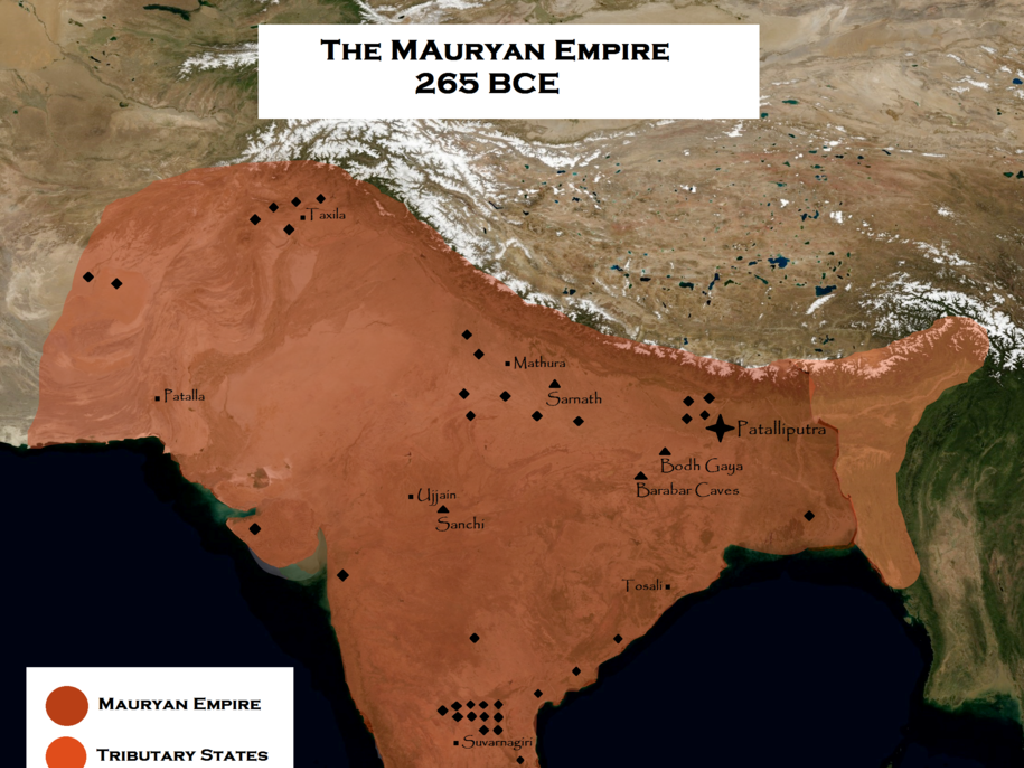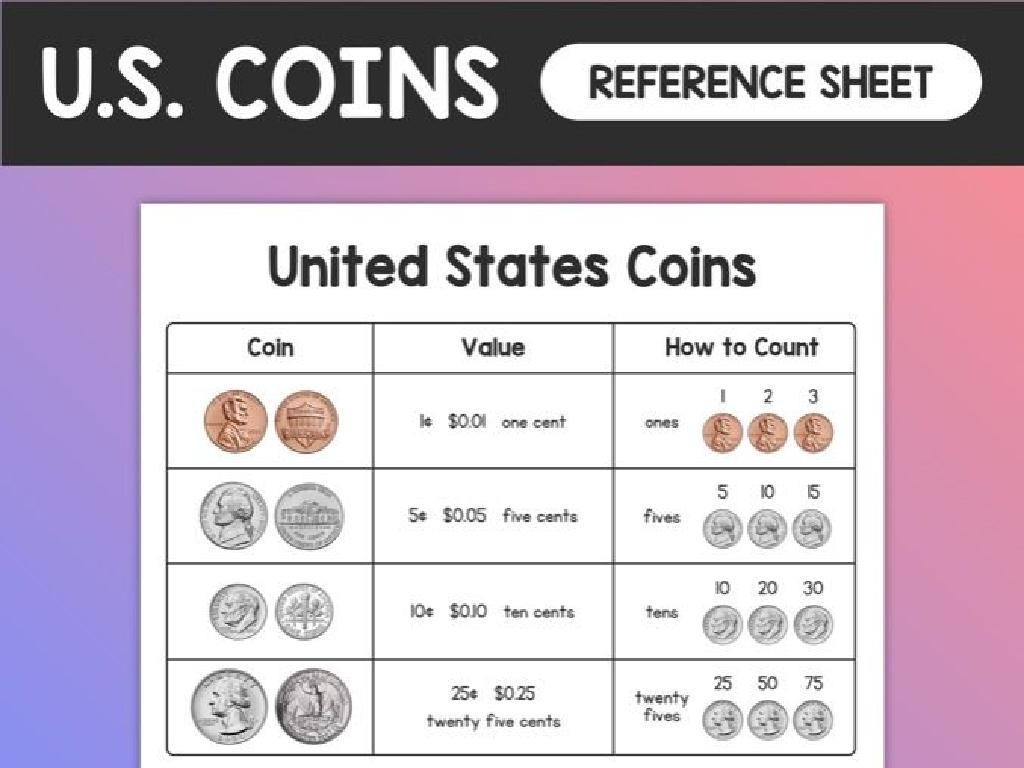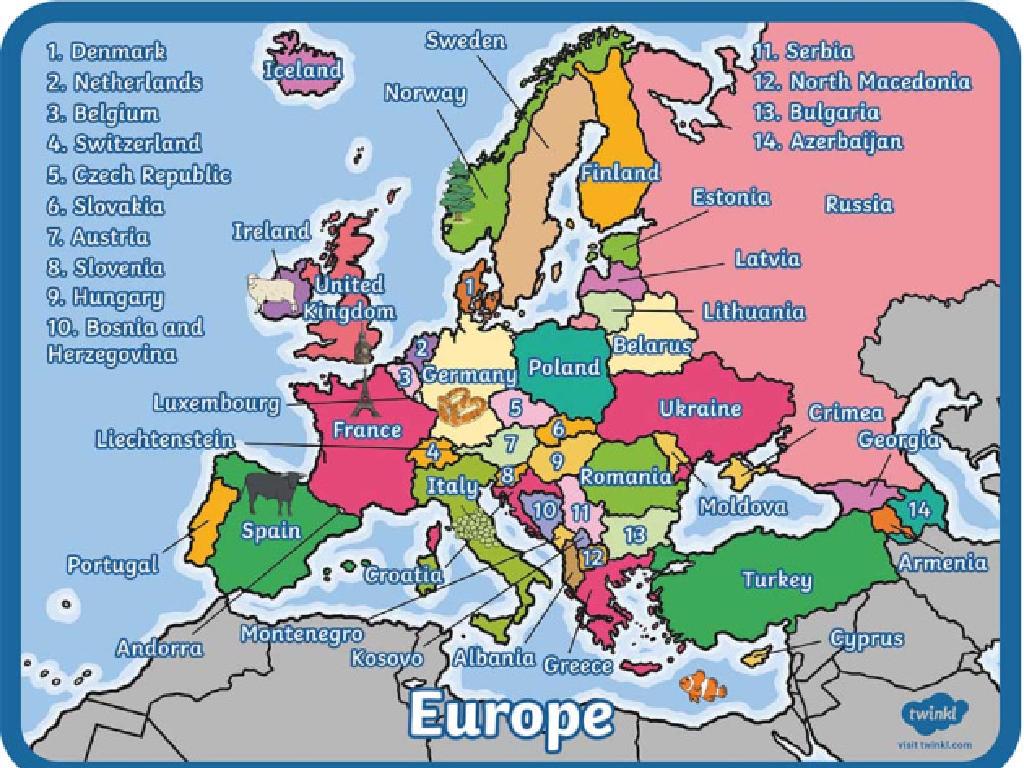Weather Patterns
Subject: Science
Grade: Kindergarten
Topic: Weather
Please LOG IN to download the presentation. Access is available to registered users only.
View More Content
Welcome to Weather Patterns!
– Greet our little scientists
– Today’s topic: weather patterns
– Exploring: What is weather?
– Weather is the air and sky around us. Is it sunny, rainy, or snowy?
– Fun facts about weather
– Did you know that wind is moving air? Or that snowflakes have unique shapes?
|
Begin the class with a warm greeting to make the children feel excited about the topic. Introduce the concept of weather patterns and explain that weather is all about the conditions of the atmosphere around us, like if it’s hot, cold, rainy, or sunny. Use simple language and relatable examples to help them understand. Share fun weather facts to spark their curiosity. Encourage the children to look out the window and describe the weather they see. This will help them connect the lesson to the real world and recognize different weather patterns.
What is Weather?
– Weather is the air outside
– Like how we feel warm or cold outside
– It can be sunny, rainy, snowy, or windy
– Examples: A bright sunny day or a wet rainy afternoon
– Weather changes daily and with seasons
– Summer is hot, winter is cold
|
This slide introduces the concept of weather to Kindergarten students. Start by explaining that weather is what we experience when we step outside, like the warmth of the sun or the chill of the breeze. Use simple terms and relatable examples such as the feeling of the sun on their skin or the need to wear a coat when it’s cold. Discuss how weather can change, giving examples of different weather types like sunny, rainy, snowy, and windy days. Emphasize that weather is not the same every day and can change with the seasons, which they may notice in their daily lives. Encourage the children to share their own experiences with weather to make the lesson interactive.
Types of Weather
– Sunny days are warm
– The sun shines and it feels hot.
– Rainy days help plants grow
– Water falls from the sky and everything gets wet.
– Snowy days for snowmen
– It’s very cold and snow covers the ground.
– Windy days move the trees
– The wind blows and leaves swirl around.
|
This slide introduces the children to the basic types of weather they experience. Use simple language to describe each type of weather and its main characteristics. For sunny days, explain how the sun can make us feel warm and how it brightens everything. For rainy days, discuss how rain is important for plants to grow and how it makes the ground wet. For snowy days, talk about the cold temperature and fun activities like making snowmen. For windy days, describe how the wind can make things move, like leaves and branches. Incorporate gestures and expressive facial expressions to convey the feeling of each type of weather. Encourage the children to share their own experiences with different weather types.
Observing Weather Patterns
– Weather patterns change
– Be a weather detective
– Look at the sky, what colors and shapes do you see?
– Observe the sky
– Is it sunny, cloudy, rainy, or snowy today?
– Discuss today’s sky
|
This slide is aimed at engaging Kindergarten students in observing and discussing the weather. Start by explaining that weather patterns are the way the weather changes from day to day. Encourage the children to be ‘weather detectives’, looking out the window or going outside to observe the sky. Ask them to describe what they see and whether it’s different from yesterday. This activity helps them to understand the concept of weather patterns and to learn observation skills. Have a discussion about the current day’s weather and how it might affect their activities. This will make the learning experience interactive and practical.
Dressing for the Weather
– Clothes change with weather
– Sunny days mean hats and shades
– Keep your eyes safe and head cool
– Rainy days call for raincoats
– Stay dry with a coat and boots
– Snowy days: jackets and gloves
– Keep warm with scarves and gloves
|
This slide is aimed at teaching Kindergarten students the importance of dressing appropriately for different weather conditions. Start by explaining that the weather can change and it’s fun to wear different clothes for different weather types. Use simple language and relatable examples to describe the types of clothing suitable for sunny, rainy, and snowy days. Encourage the children to think about what they wear during these weather conditions and why it’s important (e.g., sunglasses protect our eyes, raincoats keep us dry). You can bring in some clothing items as examples or show pictures to help them understand better. Make the learning interactive by asking them what they would wear and why.
Staying Safe in Different Weathers
– Importance of weather safety
– Staying indoors during storms
– When it’s thundering, we play inside.
– Listening to adults for safety
– Grown-ups know how to keep us safe.
– Safety tips for bad weather
– Like wearing a coat in the cold or finding shade on sunny days.
|
This slide aims to teach children the basic principles of weather safety. Emphasize the importance of recognizing dangerous weather conditions and knowing how to respond. Explain that during storms, it’s safer to be inside because of lightning and heavy rain. Encourage children to listen to their teachers, parents, or guardians, who will guide them on how to stay safe during various weather events. Discuss simple safety tips like wearing appropriate clothing for the cold or using sunscreen and finding shade on sunny days. Reinforce that safety is always the top priority and that by following these tips, they can enjoy the weather without worry.
Class Activity: Our Weather Chart
– Create our weather chart
– Use stickers for today’s weather
– Choose a sticker that matches the sky outside
– Add stickers daily
– Observe changing patterns
– What kind of patterns do you notice over time?
|
This activity is designed to engage the students with the concept of weather patterns in a fun and interactive way. Each student will have the opportunity to observe the day’s weather and choose a corresponding sticker to add to the class weather chart. This daily practice will help them recognize and understand the different types of weather as well as observe patterns over time. As a teacher, prepare a large chart with sections for each type of weather and provide a variety of weather stickers. Encourage the children to discuss their observations and predictions. Possible activities include guessing the next day’s weather, comparing weather with previous days, and discussing how weather can change from day to day.





